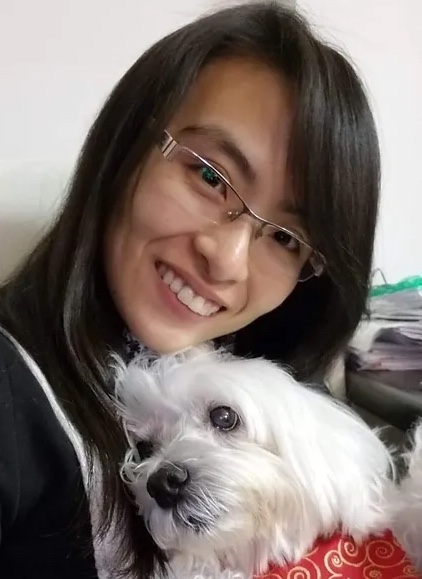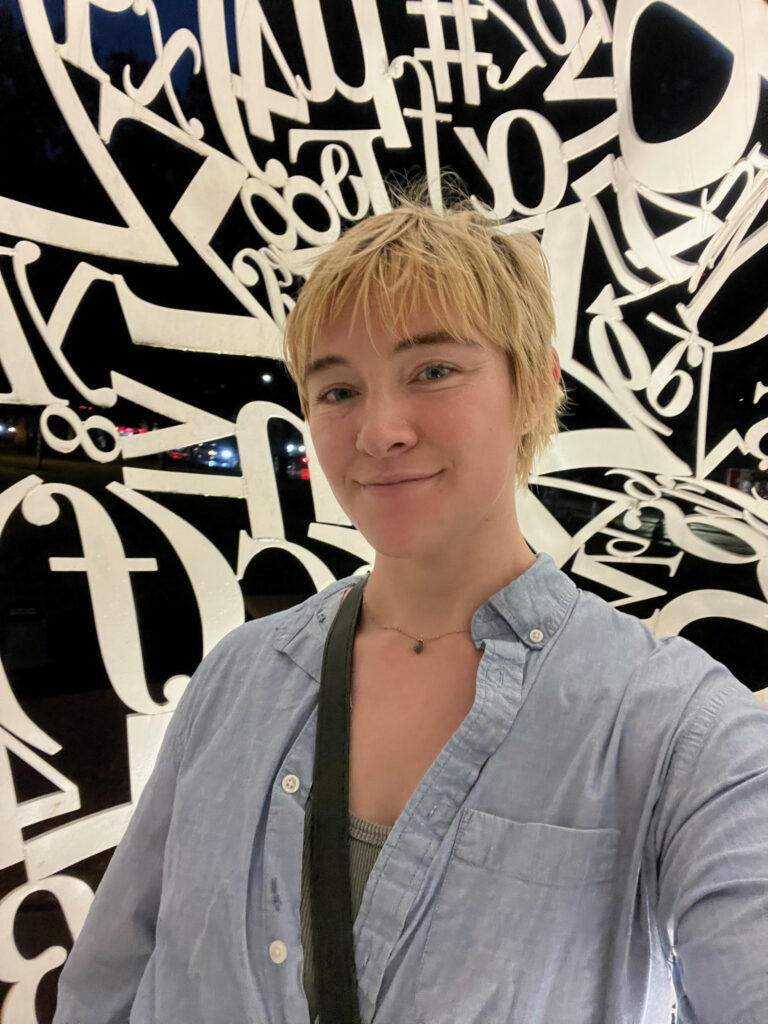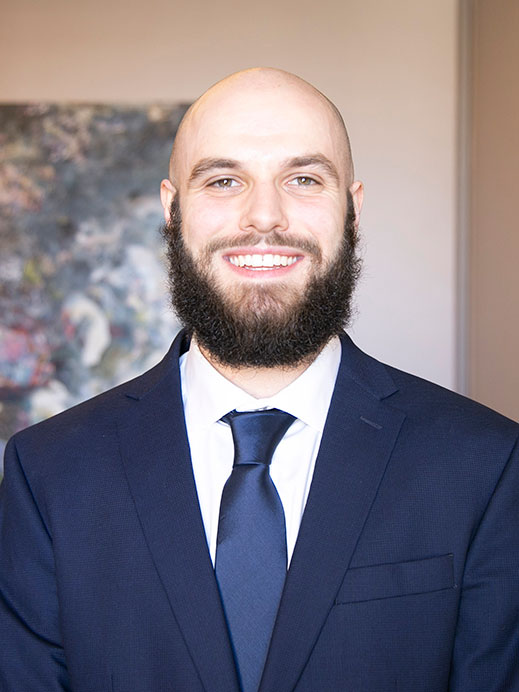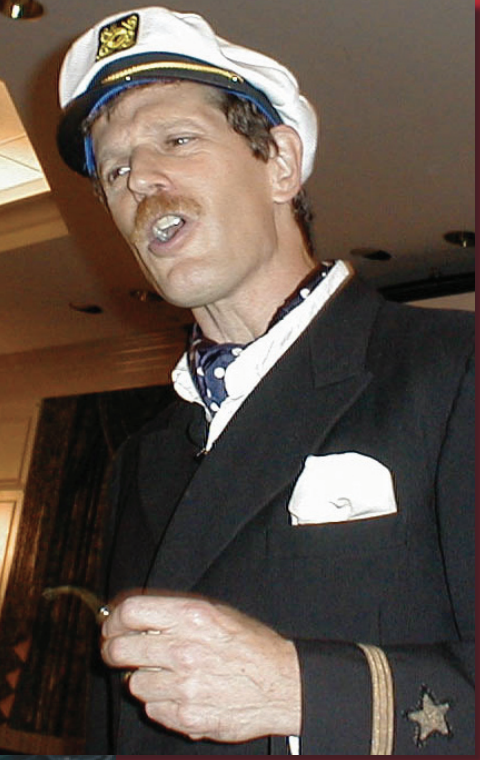The department colloquium is a series of talks given by mathematicians and statisticians aimed at an undergraduate audience. Everyone is welcome to attend!
Spring 2024 Schedule
| Date | Speaker | Affiliation |
|---|---|---|
| Tuesday, March 26th | Phanuel de Andrade Mariano | Union College |
| Tuesday, April 9th | Anna Pun | CUNY Baruch College |
| Friday, April 26th | Leo Goldmakher | Williams College |

Some Fascinating Characters in Number Theory
Leo Goldmakher
Williams College
Friday, April 26th
3pm Rocky 312
Are there infinitely many primes of the form n^2+1, where n is an integer? No one knows. In fact, there’s no example of any (single variable) polynomial of degree 2 or greater that’s been proved to output infinitely many primes. By contrast, the linear polynomial n+1 outputs infinitely many primes, a fact that’s been known for over 2000 years. Rather less trivially, Dirichlet proved in 1837 that any linear polynomial of the form an+b with a, b coprime must output infinitely many primes. To make his proof work, Dirichlet introduced certain nice functions called characters, which evolved (over the course of the next hundred years) into fundamental objects of study in algebra and number theory. I will discuss some of the history and mathematics of Dirichlet’s characters, including a very recent and simple characterization of them that seems to have been previously overlooked.

The Magic of Tableaux:
Exploring the Wonders of
Algebraic Combinatorics
Anna Pun
CUNY Baruch College
Tuesday, April 9th
3pm Rocky 312
Tableaux are one of the most fundamental and versatile objects in algebraic combinatorics, as they can encode and connect various concepts and structures in the field. In this talk, we will start with the definition and properties of Young tableaux, which are graphical representations of partitions of integers. We will then see how tableaux can be used in algebra: their connection to symmetric functions and partition algebras; how they can be related to various combinatorial operations, such as the RSK-algorithm and the Jeu-de-taquin procedure; and how they can give rise to various combinatorial structures, such as lattice paths, vacillating tableaux, and parking functions. We will also explore some variations of tableaux, such as composition tableaux and set-valued tableaux, and discuss some interesting problems and conjectures that arise from them. We will conclude with some open questions and directions for future research on tableaux and their applications in algebraic combinatorics.

The Hot Spots Problem
Phanuel de Andrade Mariano
Union College
Tuesday, March 26th
3pm Rocky 312
Consider a perfectly insulated 1-dimensional rod, or a 2-dimensional plate, or better yet, a 3-dimensional room. Perfectly insulated means that heat cannot escape this room. The Hot Spots Problem asks about what happens to the location of the “hot spots” and “cold spots” of this insulated body over a long period of time. To understand this problem we will introduce the equation that describes the evolution of heat over time. Moreover, we will discuss what is known (and not known) about this problem. We end the talk by discussing the connection between the Hot Spots Problem and Probability theory. In particular, this connection will be through a theory of random particles called Brownian motion.
Fall 2023 Schedule
| Date | Speaker | Affiliation |
|---|---|---|
| Tuesday, October 3rd | Colin Adams | Williams College |
| Wednesday, October 11th | Pablo Soberón | CUNY Baruch College |
| Thursday, October 26th | Joe Kraisler | Amherst College |
| Thursday, November 2nd | Karen Parshall | University of Virginia |
| Thursday, November 16th | Colby Kelln | Cornell University |

The Mathematics of Tilings
Colby Kelln
Cornell University
Thursday, November 16th
3pm Rocky 203
Imagine we are hired to tile an infinitely large bathroom floor. What tile shapes could we use? We will use math to explore and refine this question to make sure that our client is happy with our plans before we start laying grout.

Growing Research-Level Mathematics in 1930s America: An Historical Paradox
Karen Parshall
University of Virginia
Thursday, November 2nd
3pm Rocky 300
World War I had marked a break in business as usual within the American mathematical research community. In its aftermath, there was a stirring sense of entering into “a new era in the development of our science.” And then the stock market crashed. Would it be possible in such newly straitened times to sustain into the 1930s the momentum that American mathematicians had managed to build in the 1920s? This talk will explore the contours of an answer to that question.

Topological Insulators
and the SSH Model
Joe Kraisler
Amherst College
Thursday, October 26th
3pm Rocky 300
Electronic band theory was one of the early 20th century achievements of quantum mechanics and placed solids into three categories: conductors, semiconductors, and insulators. However, starting in the 1980s with the discovery of the Quantum Hall Effect, a new phase of matter known as Topological Insulators (TIs) were theorized and eventually realized. These materials act as insulators in the interior, or bulk, while allowing electrons to freely move along the boundary, or edge, of the material. Additionally, there is a relationship between the a) number of states which exist on the boundary and b) a property of the interior which is protected under small defects. This relationship is often referred to as the Bulk-Edge Correspondence.
We will study the simplest example of a 1 dimensional topological insulator, the SSH (Su-Schrieffer-Heeger) model of polyacetylene, and prove the bulk edge correspondence for this particular system. No previous physics knowledge is required.

Art Galleries, Voting Theory, and Convex Sets
Pablo Soberón
CUNY Baruch College
Wednesday, October 11th
3pm Rocky 310
The study of intersection patterns of convex sets is a central topic in combinatorial geometry. In this talk, we will discuss the applications of this area to two different topics: art galleries and voting theory.
In art gallery problems we seek conditions on the blueprint of an art gallery that guarantee that few guards can keep every painting safe. In voting theory, given a group of people such that every person has an interval of tolerance in different topics, we seek conditions that guarantee that all such intervals overlap. We focus on connections of these two topics with quantitative Helly theorems, which characterize finite families of convex sets whose intersection is not only non-empty, but quantifiably large.

Blown Away:
What Knot to do When Sailing
Colin Adams
Williams College
Tuesday, October 3rd
4pm Rocky 203
Being a tale of adventure on the high seas involving great risk to the tale teller, and how an understanding of the mathematical theory of knots saved his bacon. No nautical or mathematical background assumed!
